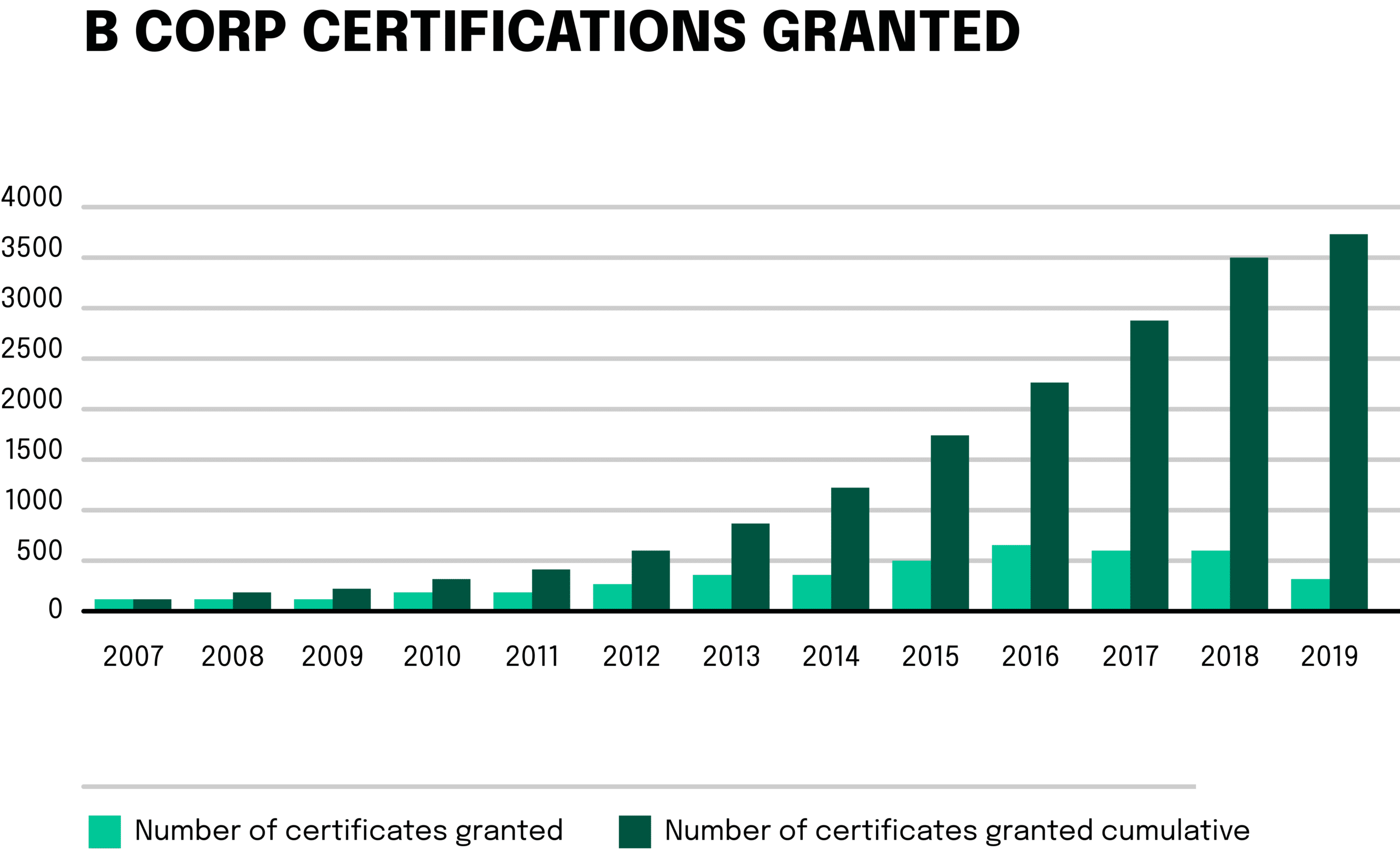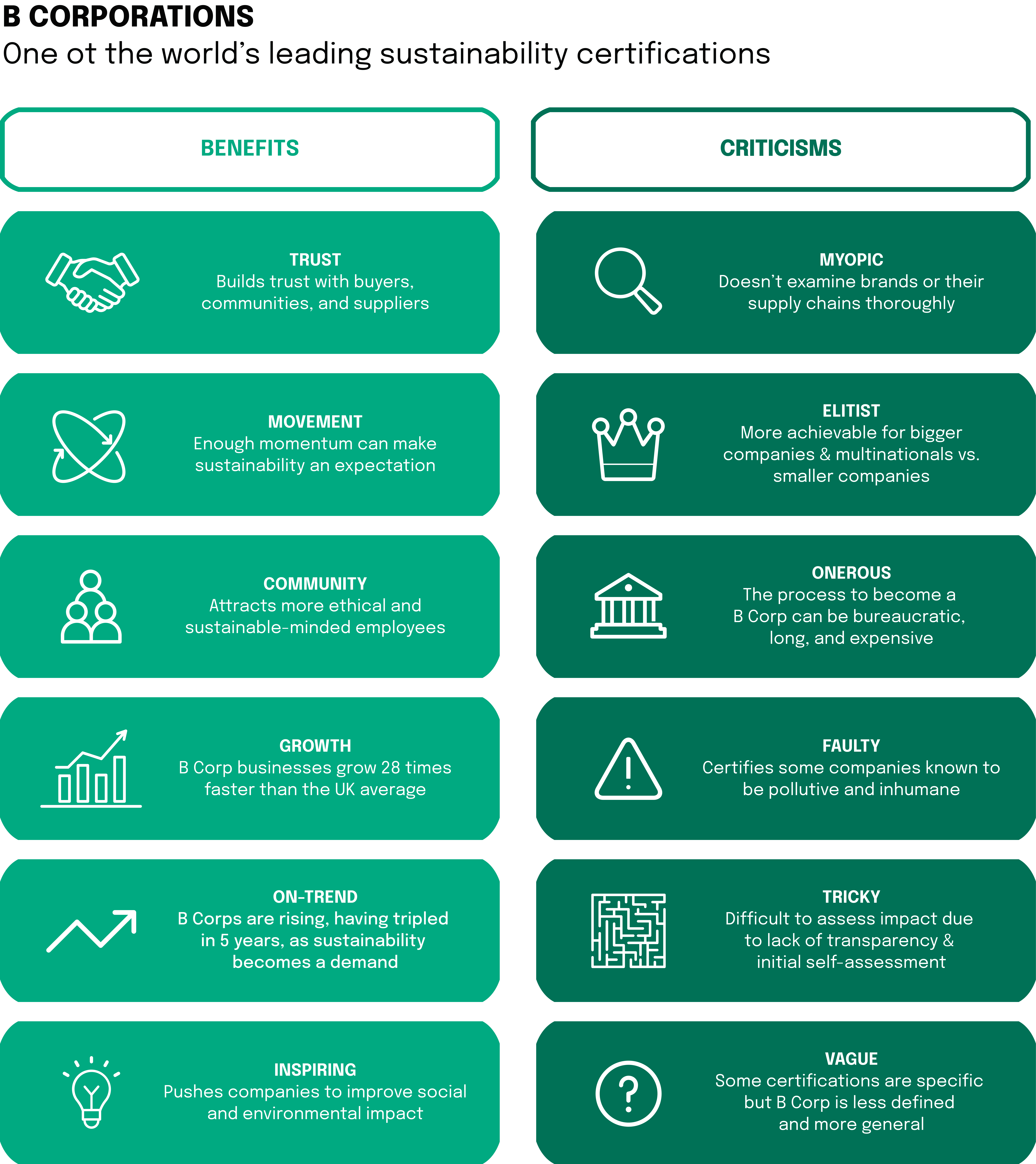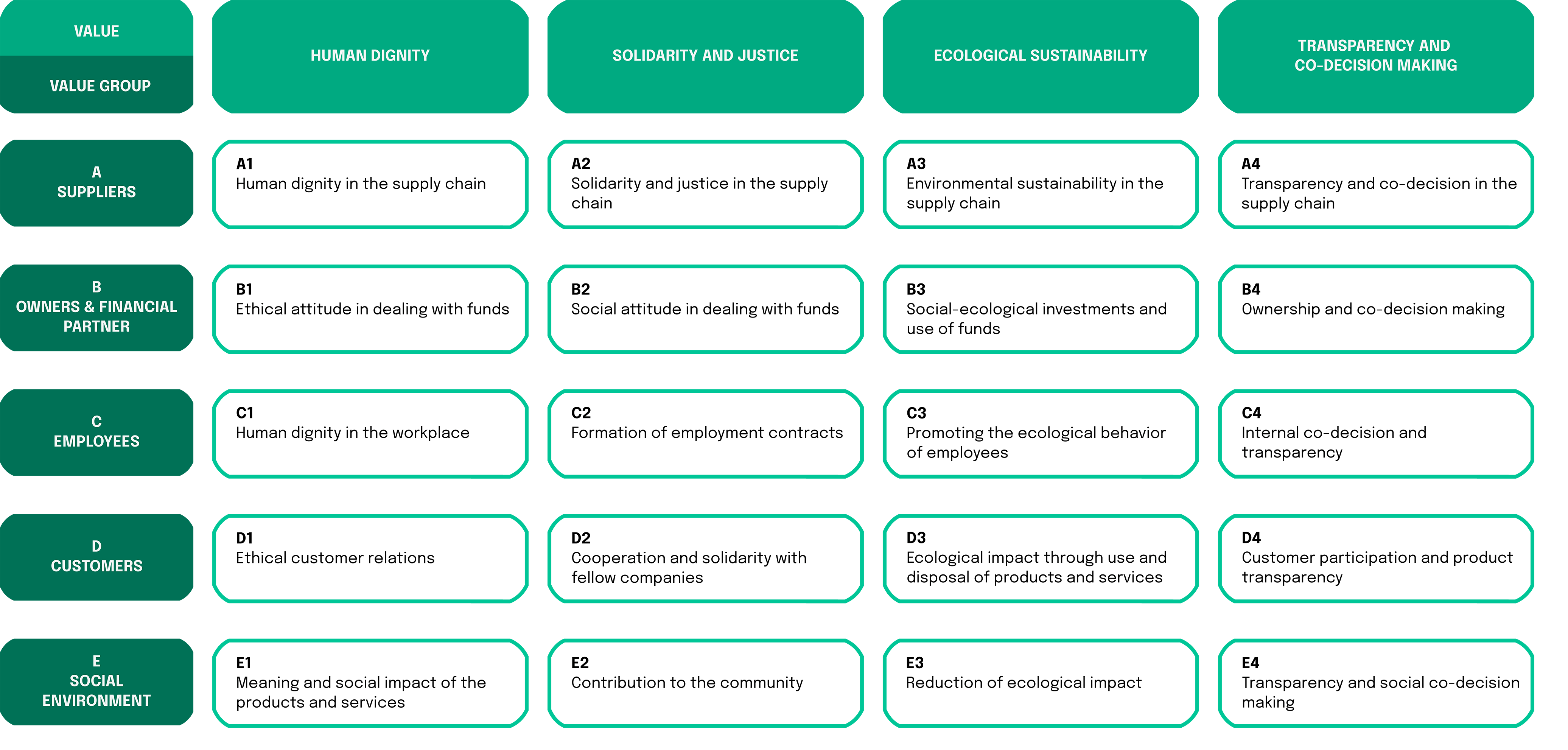The advantages and disadvantages of sustainability certifications can vary depending on the specific certification and its purpose. These certificates can provide many benefits to companies that prioritise social and environmental responsibility.
“1% for the Planet” is a thriving and expanding global network of over 3,419 businesses and a growing community of individual members.
You can understand the certification as a community of businesses and individuals committed to supporting environmental solutions. Members donate at least 1% of their annual sales or salary directly to approved environmental partners. Business members can donate through a combination of monetary, and promotional support, while individual members can donate through monetary and volunteer support.
They support thousands of nonprofit partners in 64 countries worldwide. Since 2002, their members have generously donated over $435 million to environmental nonprofits, making a significant impact on preserving and protecting our planet.
The major pros are global recognition and an engaged community. The company can license the label to use 1% of the Planet Logo on products and branding materials. With a network of over 3,400 environmental organizations, “1% for the Planet” members can take advantage of one of the largest sustainability networks out there.
Through the certification process, members provide annual documentation of their contributions, including monetary, and volunteering support to approved partners. Third-party certification verifies members’ commitment to the planet, and the logo serves as a trusted seal of approval without the risk of greenwashing. The logo is featured on millions of products and services worldwide, making it a globally recognized symbol.
GoodWell is a public benefit corporation that strengthens employee satisfaction by certifying fair, equitable, and humane workplace practices. The initiative began with the goal to bring positive changes for workers around the world. Today, GoodWell is focused on supporting companies that promote positive social and environmental change around the world.
The GoodWell certification process involves a proprietary eNPS (Employer Net Promoter Score) survey that objectively identifies employee engagement through qualitative and open-ended questions that invite candid feedback. GoodWell’s team then assesses both data sets to identify potential issues and best practices.
Using the quantitative data, GoodWell segments it by a factor most helpful for the certifying organization (i.e., gender, department, age, etc.) to reveal segments with lower rates of employee engagement relative to the company’s average. The machine learning, natural language processing, and sentiment analysis then evaluate the subjective feedback.
The employees’ feedback is grouped into 13 general themes, such as compensation, benefits, workplace communication, and shared values. The survey also tracks “red flag” themes related to unethical behavior and harassment, providing leadership with insights to identify potential issues early and correct them.
The most important metrics that will be assessed are listed below:
- eNPS
- CEO to average worker pay
- Exec team to average worker pay
- Gender pay gaps
- Racial pay gaps
- Safety – injuries per 200k hours worked
- Use of underage workers
- Use of part-time workers
- Workers making below poverty wage
- Employee attrition
- Benefits participation
Buy one give one (B1G1) is awarding the Member Gratitude Certificate. The global initiative enables businesses to make a positive impact on the world. Their mission is to create a world full of giving, focusing on impact, habit creation of giving, and B2B connections. The purpose of the certificate is to acknowledge and celebrate the contributions of businesses toward creating a better world. Companies can donate as much as they want, starting from 1 cent. The focus is on charitable giving.
There is a high community involvement, free choice of the amount invested, and a right on the license to put the B1G1 logo on products and branding materials. The Member Gratitude Certificate serves as a symbol of appreciation and recognition for businesses that are committed to making a difference in the world through their giving activities. It also provides a way for B1G1 to showcase the collective impact of its business members and inspire others to join the movement. If you would like to become B1G1 certified, you should follow the steps listed here.
The metrics used for the certificate are based on the charitable giving activities of the businesses. Those are the number of projects supported, the total amount donated, and the impact created in terms of lives changed and communities transformed. These metrics are tracked through the B1G1 giving platform, which enables businesses to select from a range of high-impact projects and make micro-donations regularly. These purposes would cover education, environment, food, health, shelter, income generation, human rights, and life enhancement.
Fair Trade
FairTrade is a certification awarded to products that meet the standards of fair trade USA, a non-profit organization dedicated to promoting sustainable livelihoods for farmers and workers in developing countries. It is an award-winning, rigorous, and globally recognized sustainable sourcing model that improves livelihoods, protects the environment, and builds resilient, transparent supply chains. The purpose of the fair trade certificate is to provide consumers with a way to support fair trade practices and ensure that the products they buy are ethically sourced. Since 1998, partnerships expanded gradually to include more than 1,500 responsible businesses.
To become FairTrade certified, there are certain economic, environmental, and social requirements. This includes paying minimum prices, in which investment for the high-quality, sustainably produced product is included. Products must meet rigorous social, environmental, and economic standards. Special focus is on safe working conditions, environmental protection and sustainable livehoods. Companies pay an additional sum of money that is returned to the certifying entity, called community development funds. These funds allow farmers and workers to invest in development projects that address their community’s greatest needs, such as water, education, housing, and healthcare.
Scrutiny of sustainability certifications
Next to its growing popularity, certification scrutiny has been growing accordingly. Legitimacy and effectiveness have been under questioning. It is key to examine the credibility and reliability of these certificates. Common areas of scrutiny today are greenwashing, verification, and enforcement, and the limited scope of addressing sustainability issues.
Greenwashing
One of the main concerns with sustainability certificates is the potential for greenwashing. This is a practice of making misleading claims about the company’s social and environmental performance. This brings into question how rigorous standards for awarding certifications really are. Greenwashing is stating to be environmentally conscious for marketing purposes, but actually not making any remarkable sustainable efforts. Sustainability certifications can be misused for greenwashing if they lack transparency or rely on self-certification without adequate verification. This allows companies to claim sustainable practices without making meaningful changes to their operations, resulting in misleading claims. Greenwashing not only harms the environment, but also erodes consumer trust in sustainability efforts. As such, it is important to select certifications that have a rigorous evaluation process and are widely recognized for their integrity.
The best way to avoid greenwashing is to be transparent with customers about your practices and have statistical data which would serve as backup for every piece of information provided. Exactly that is the tactic that reliable and effective certifications implement.
Verification and enforcement
Verification and enforcement can be a significant challenge for some sustainability certificates, as it requires a rigorous and transparent process to ensure that certified companies are meeting the required standards. This can be particularly difficult for certificates that rely on self-reporting and self-certification, as there is a risk of inaccurate or misleading information being provided. Even certificates that involve third-party verification can face challenges in terms of monitoring and enforcement, as the resources required to conduct ongoing audits and investigations can be significant. In addition, there is also the risk of certification bodies being influenced by the companies they certify, which can compromise the integrity of the certification process. To address these challenges, certification bodies must ensure that they have robust verification and enforcement mechanisms in place, including regular audits, investigations, and a commitment to transparency and accountability.
Limited scope and missing long-term vision
Limited scope and a missing long-term vision are pressing challenges for some sustainability certifications. Certifications that focus on a single issue or a narrow set of criteria may fail to address broader sustainability concerns, such as social justice, ecological sustainability, or democratic participation. This can result in a certification that is not aligned with the overall goals of sustainability, and may even contribute to greenwashing. Additionally, some certifications may have a limited scope in terms of geography or sector, which can exclude important stakeholders or overlook sustainability issues that are relevant in other regions or industries.
Another challenge is the lack of a long-term vision. Some certifications may have a short-term focus on immediate impacts and fail to address longer-term sustainability challenges, such as climate change, resource depletion, or social inequality. This can lead to a false sense of accomplishment and a failure to address systemic sustainability issues.
To address these challenges, sustainability certifications must have a comprehensive and holistic approach that considers the broader context of sustainability challenges and takes a long-term view. Certifications must be adaptable to different sectors and geographies, and engage a diverse range of stakeholders in the certification process. Transparency is a crucial part of becoming sustainably certified, however, once obtained, companies should be obliged worldwide to continue reporting on their practices. Today, multiple countries have rules and regulations, stating that sustainability reporting is mandatory on a yearly basis. This should also be important when you choose your certification, and must be kept in mind.






